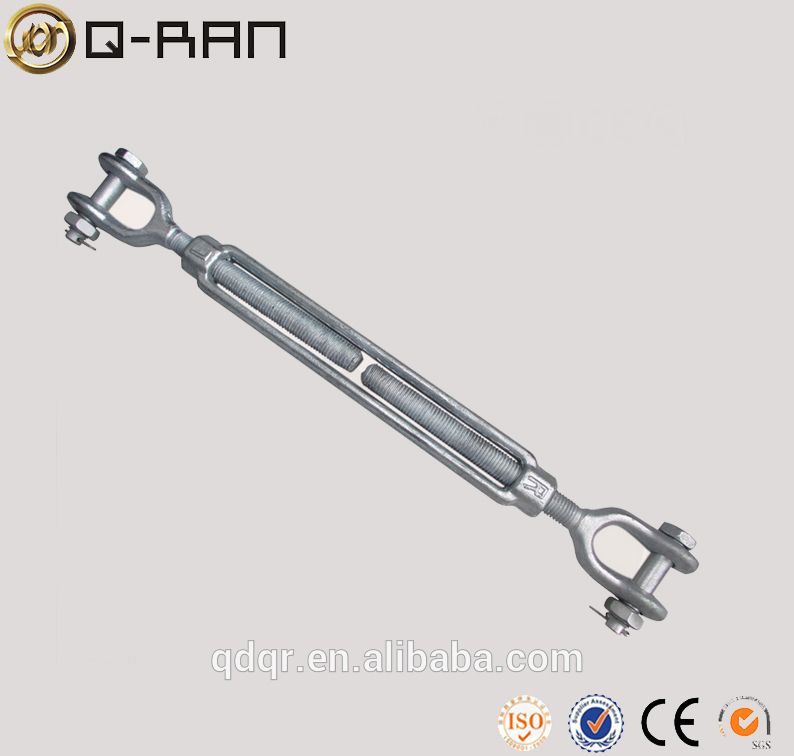I think your bedsheet may have the most promise. Silkspan is designed for "stick and tissue flying models. It is designed to be doped after application, and shrinks to a tight smooth finish. People who use it for sails seem to be working at smaller scales. It looks like paper.
It's not clear what the original sails would be. Back at that time cotton is certainly a possibility, "under canvas". But that was an older sail; nylon was certainly also used then and makes for a far superior sail. Lighter, much faster drying, less likely to grow mold, and more durable. I'd suggest you look at thin nylon. It's a little hard to sew, but you are up to it.
BTW- NICE shop! And another great wooden boat build. Not to sound like a broken record, but anyone wanting to get into wooden boats would be smart to build a nice big scale sailboat, sloop, schooner etc. Plenty there to keep your mind racing.
The standing rigging, stays etc. fall under the generic of "aircraft cable". It would be smaller diameter, like 1/8", stranded and wound wire rope, stainless steel. It could also be clear or white plastic coated.
Picture wire is crappy stuff, isn't it?
Tensioners could be a turnbuckle much like what you've got there, in SST. At each end, those little eyes would have a "U" shaped shackle with a pin through the open end. At one end, shackled to an eye on the hull. At the other, your wire has an end swaged onto it, like a cylinder with a flattened end and a hole for the shackle pin drilled through that. It makes for a quick disconnect without a lot of work to re-tension stuff when set up again.

Just one possibility, of many.
For the jib, I don't think this little boat had a roller jib back in her youth. The jib would be struck and piled up on the fore deck during a day sail. At the end of the day you'd go dry it on the lawn, then flake it and stick it in a sail bag.
Ditto the main. I wouldn't leave my sail on the boom overnight without a cover, unless it was a situation like an overnight trip to a camp without a wharf, and an early morning departure.
Or a couple hours in the Yacht Club bar prior to sailing home...